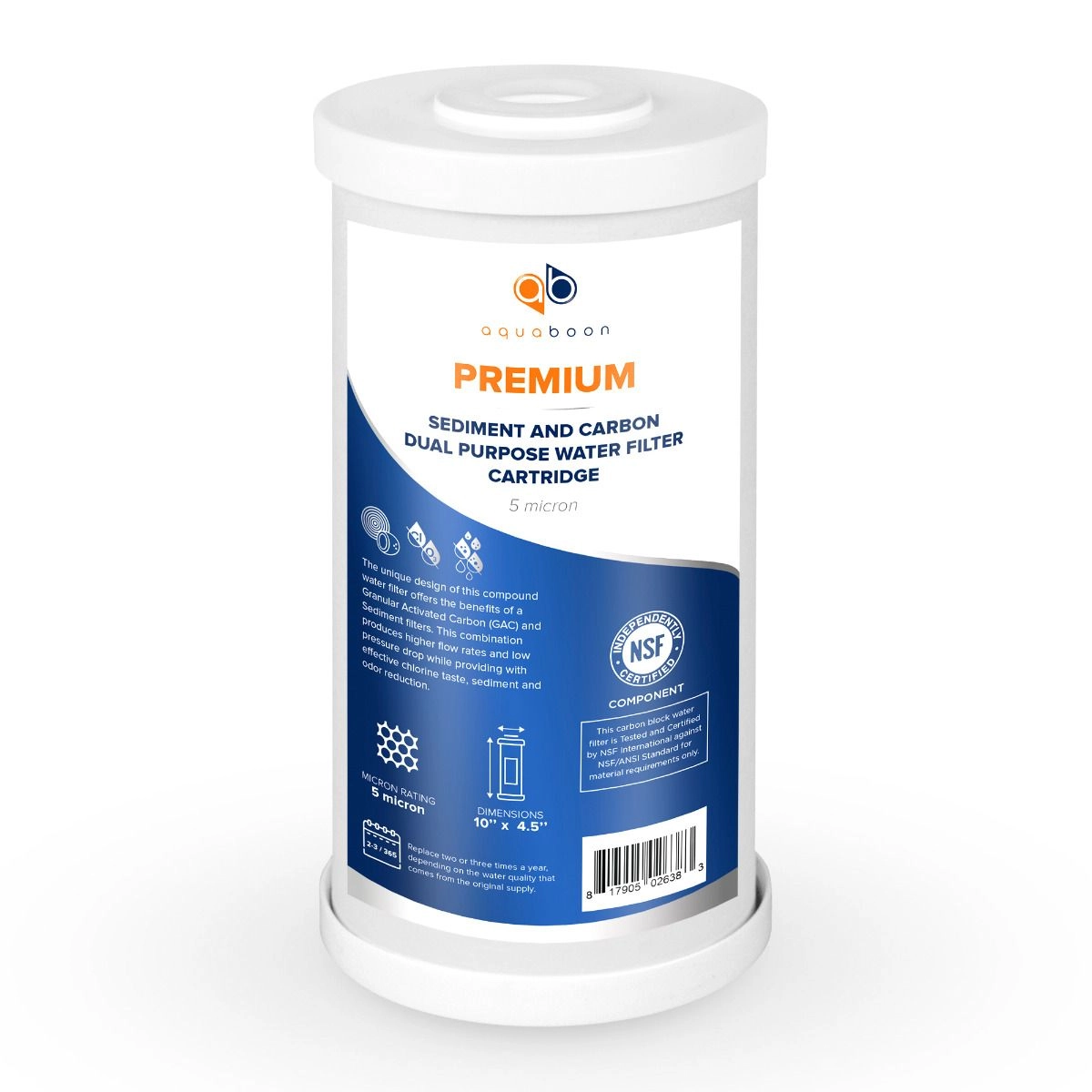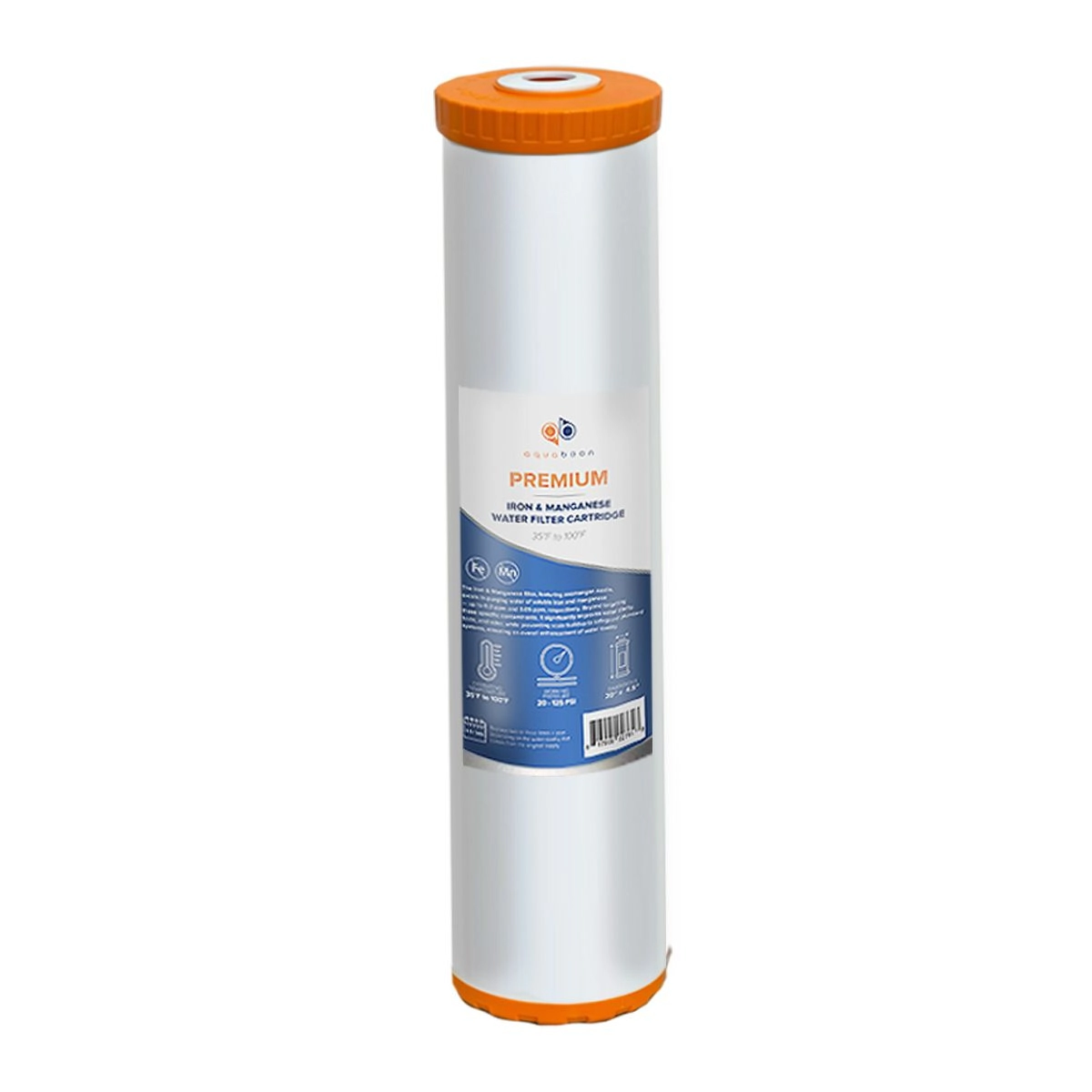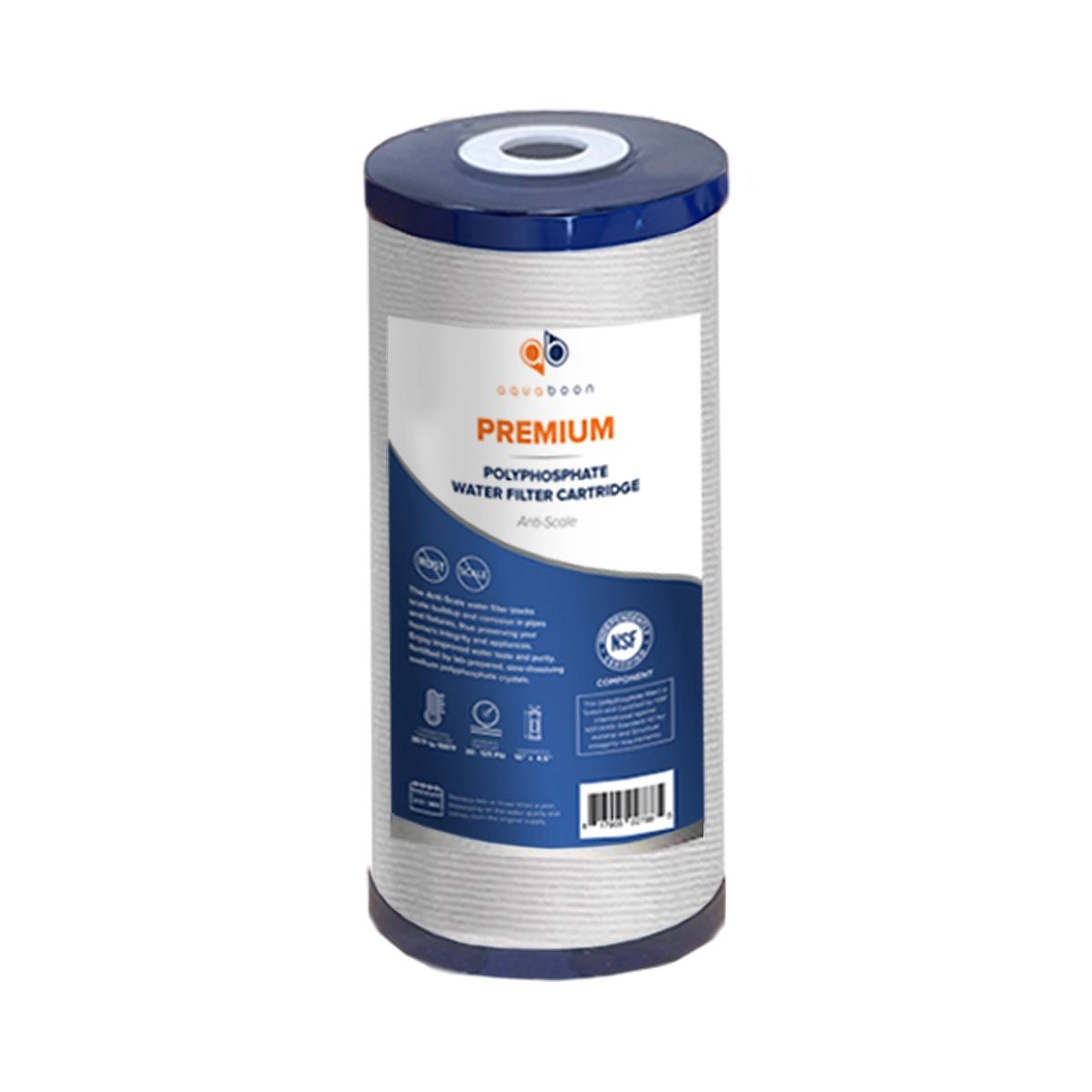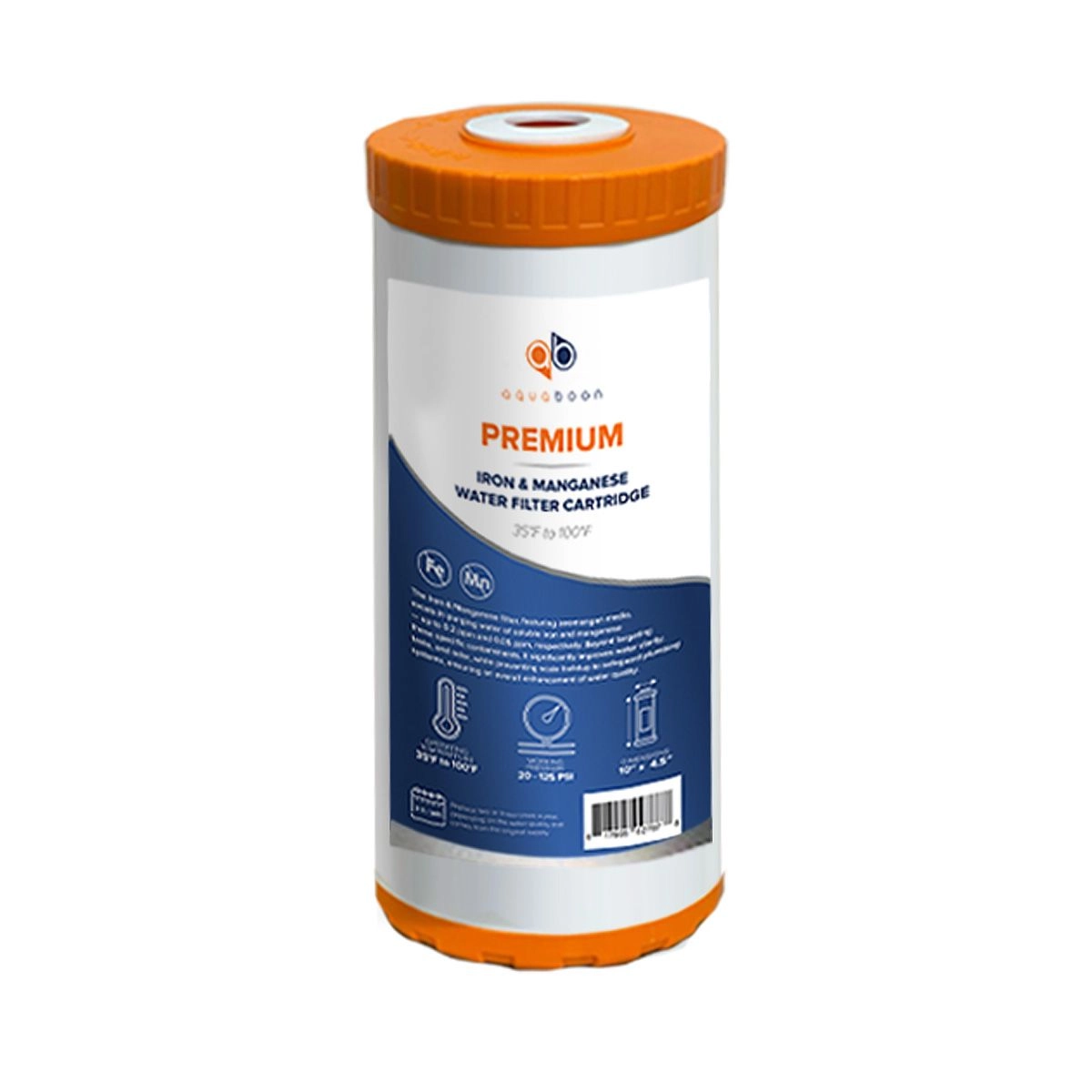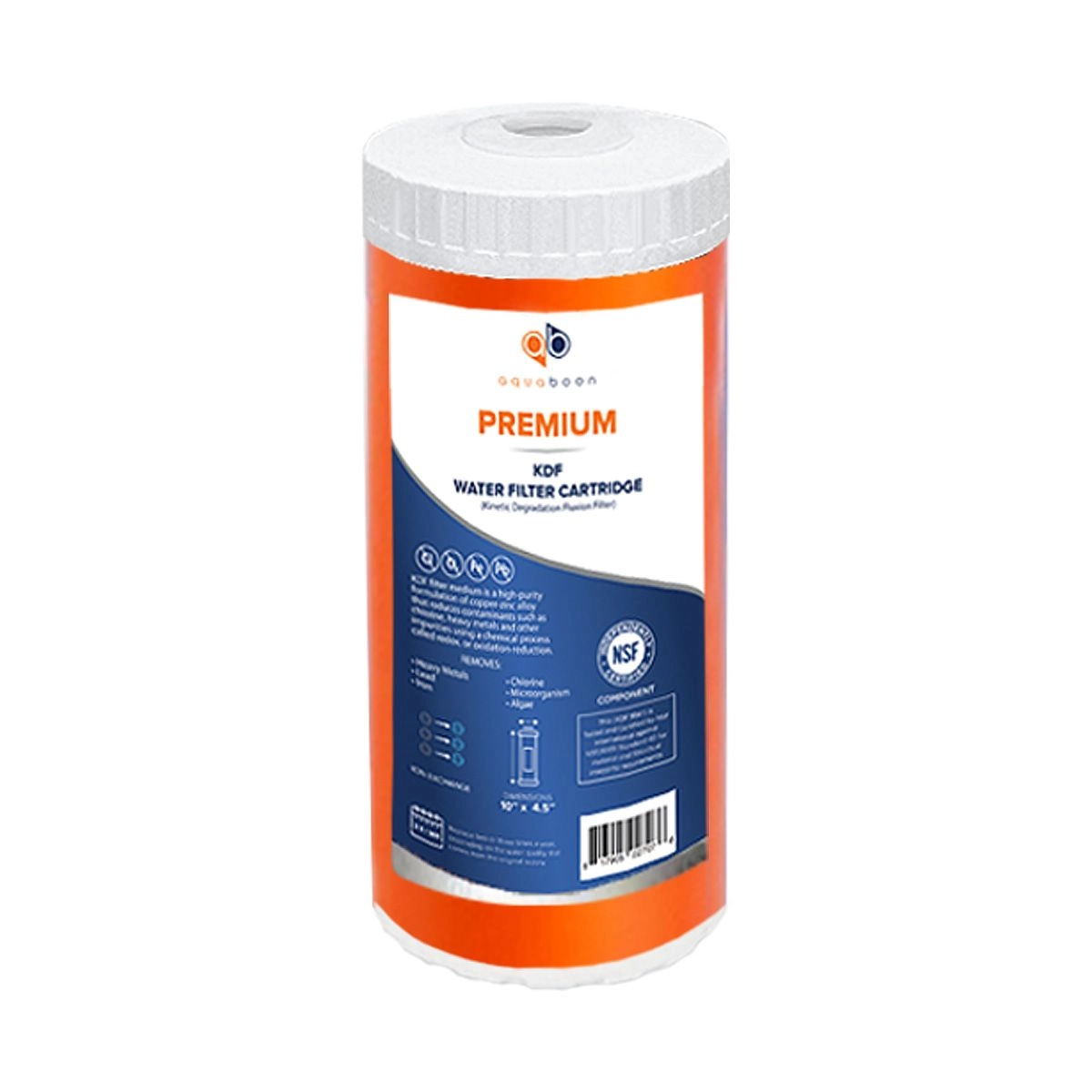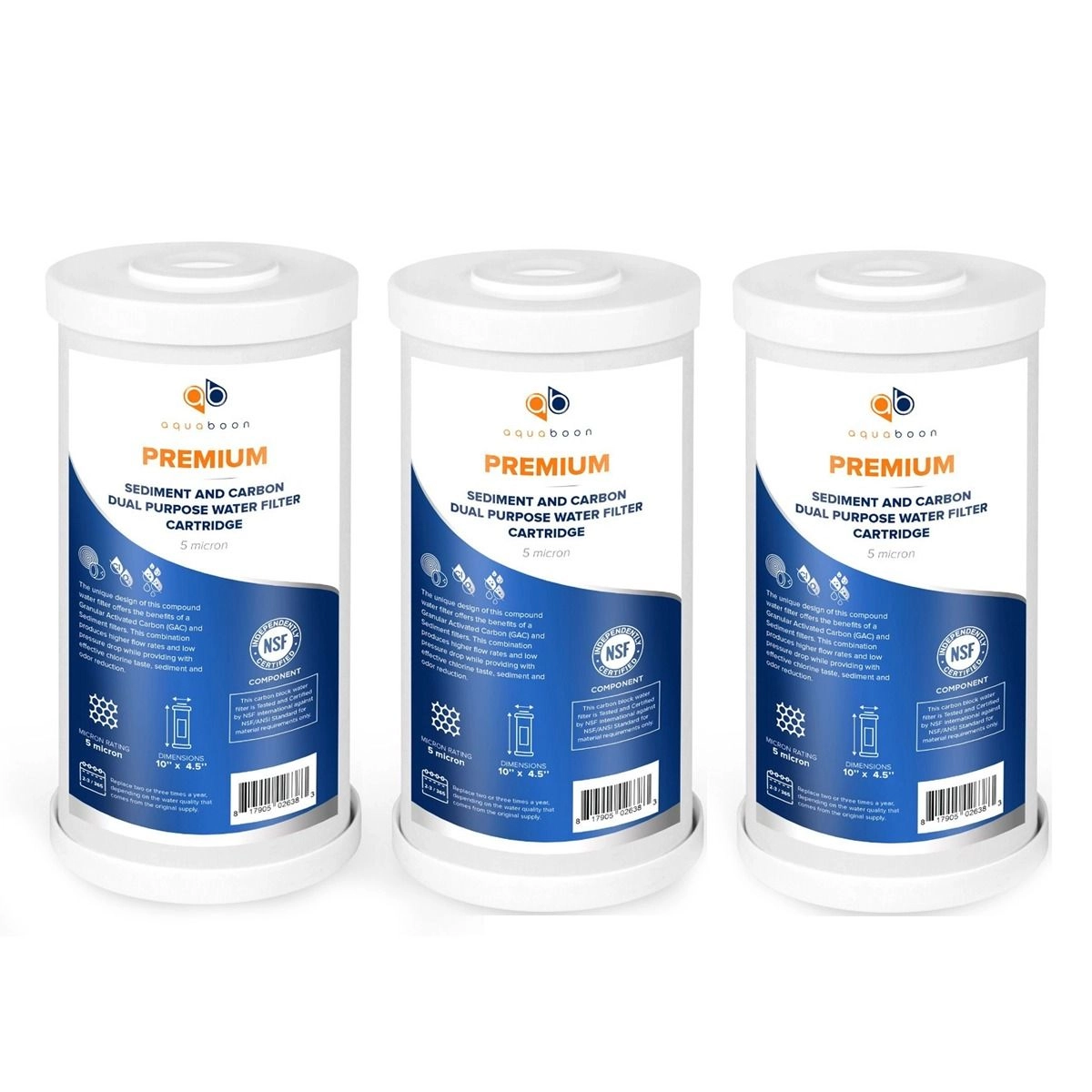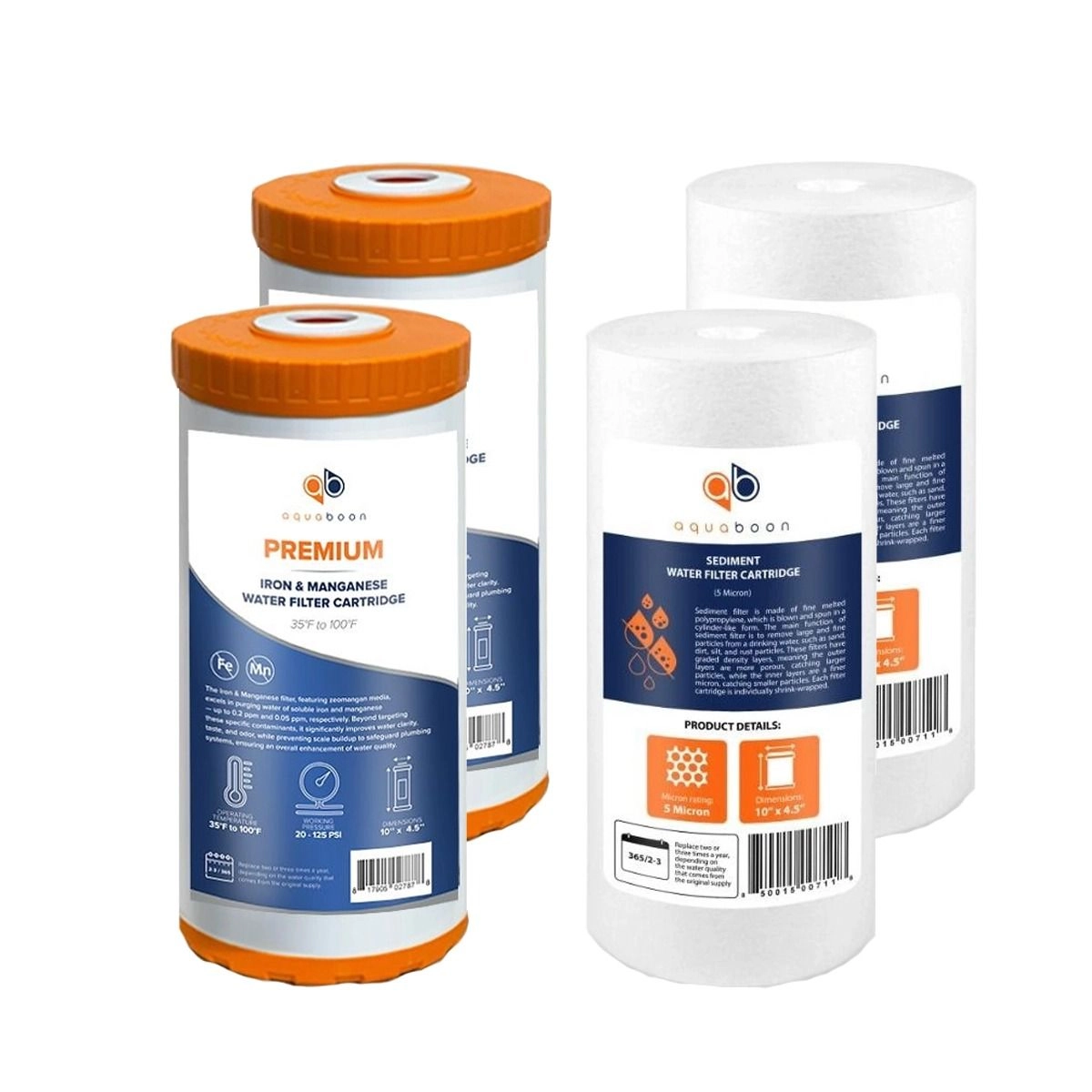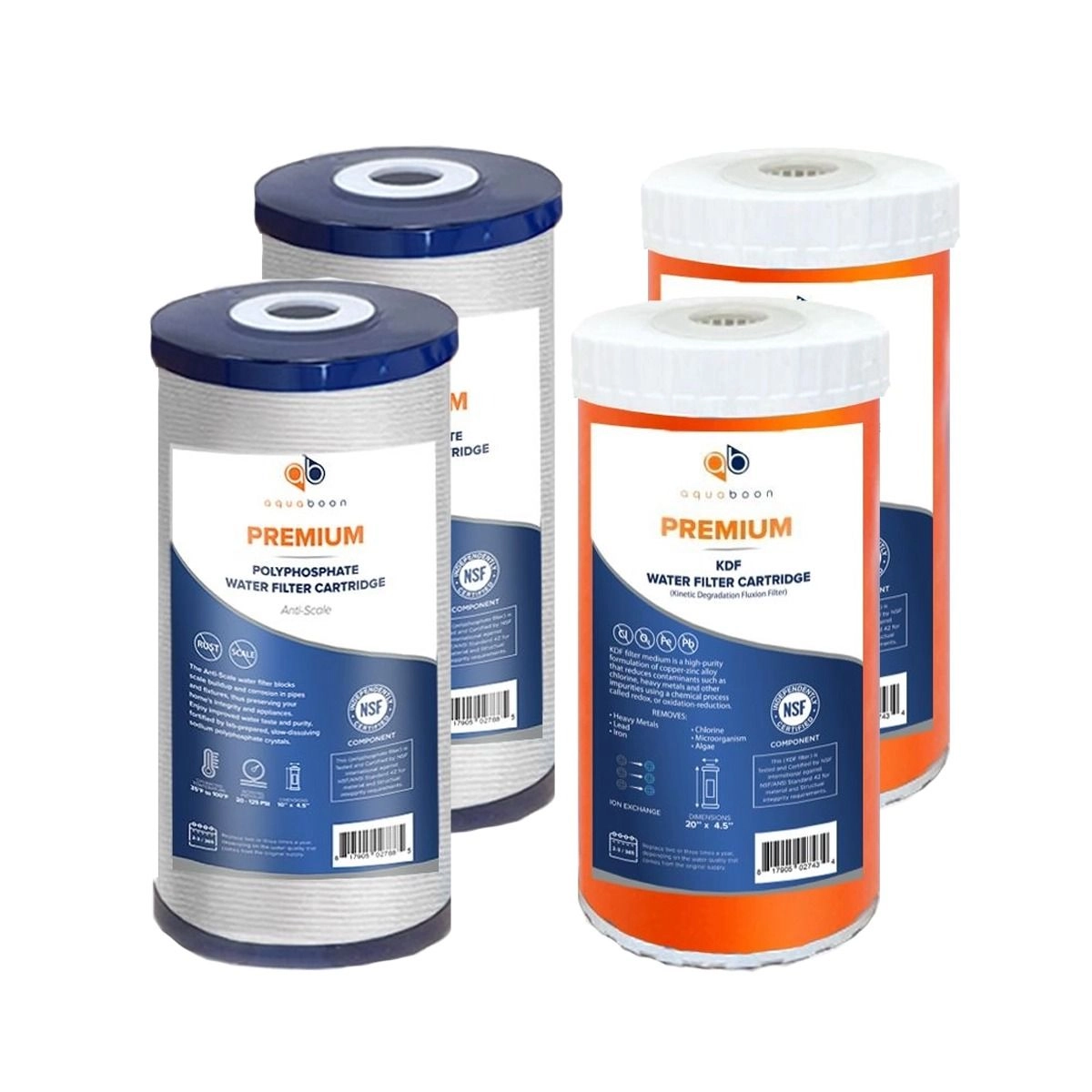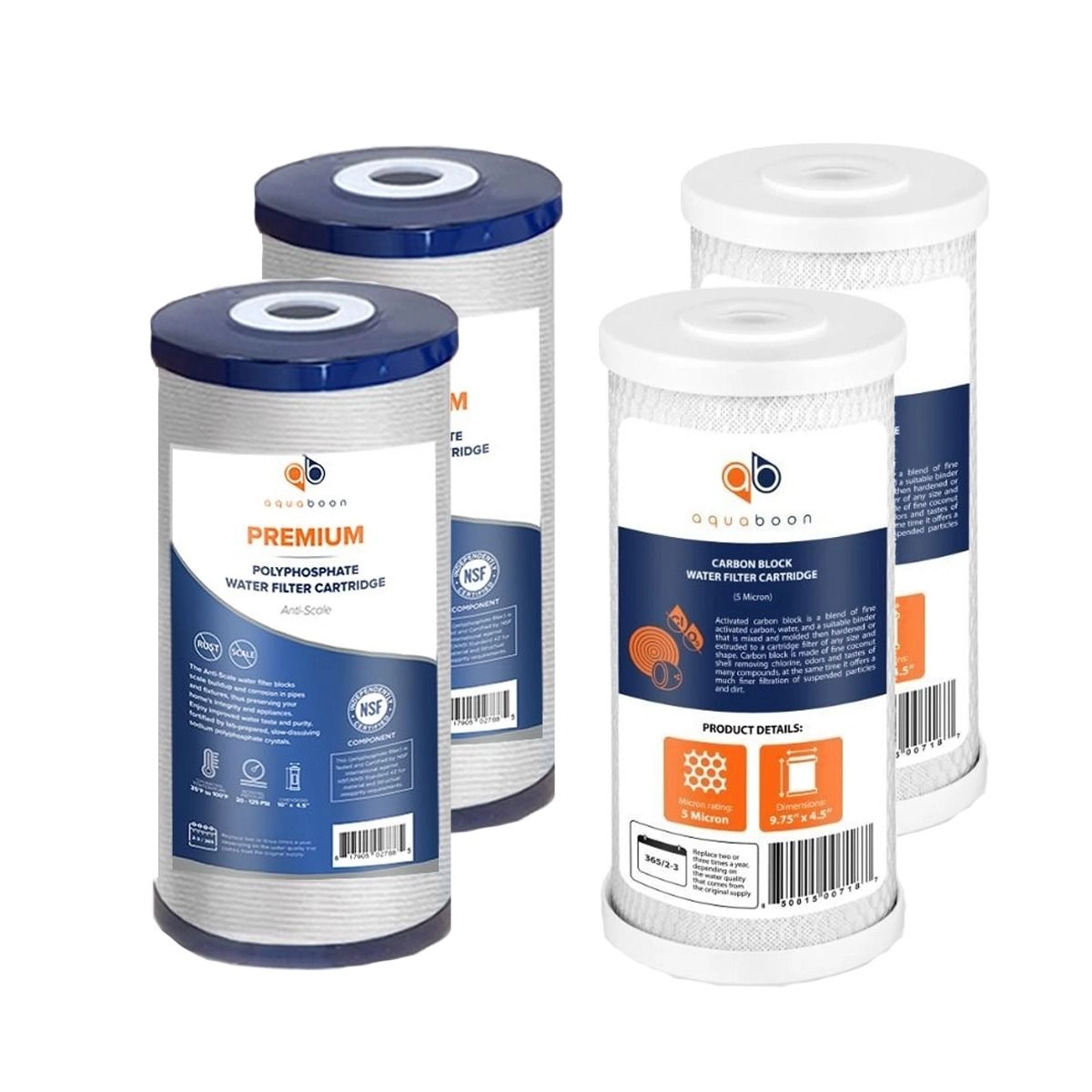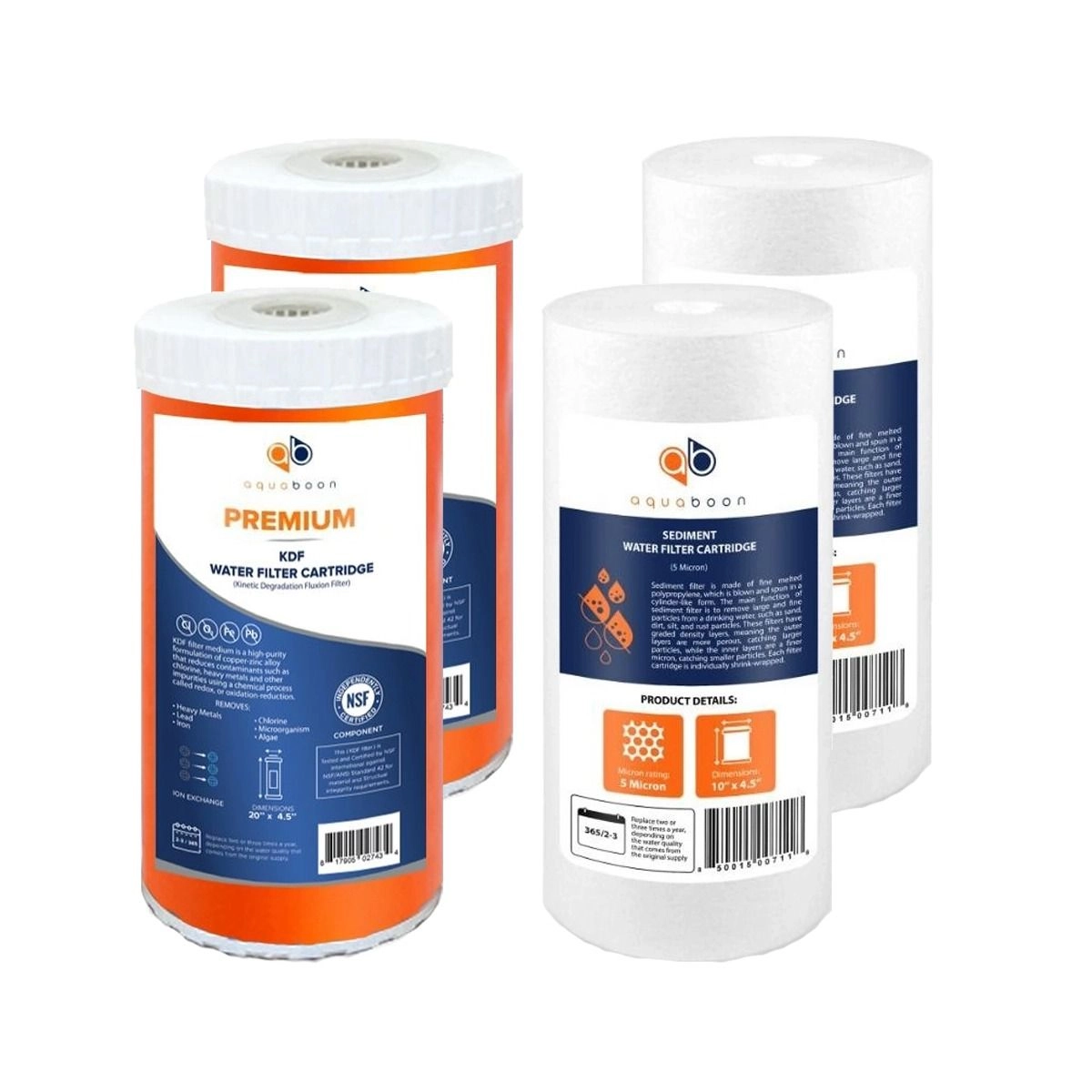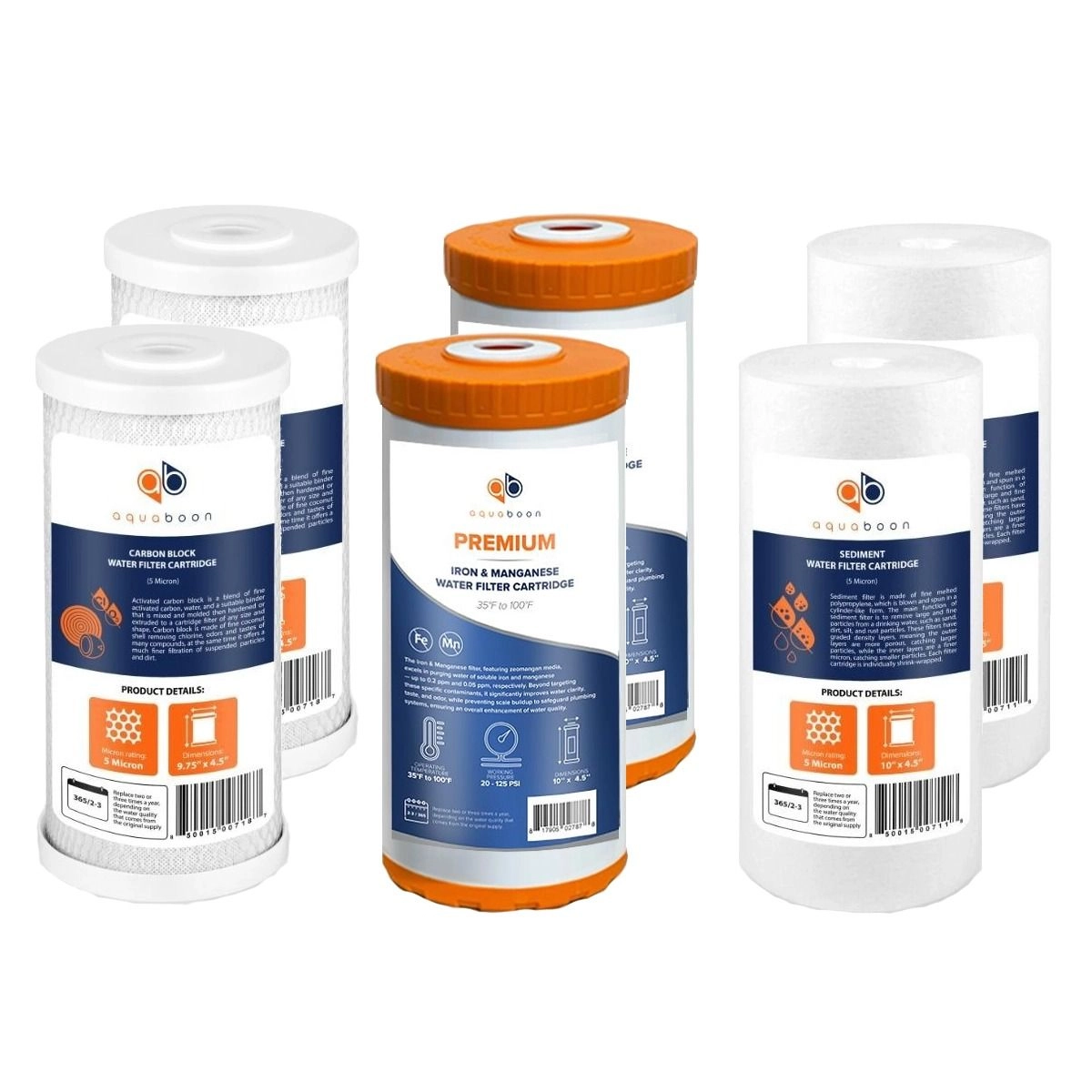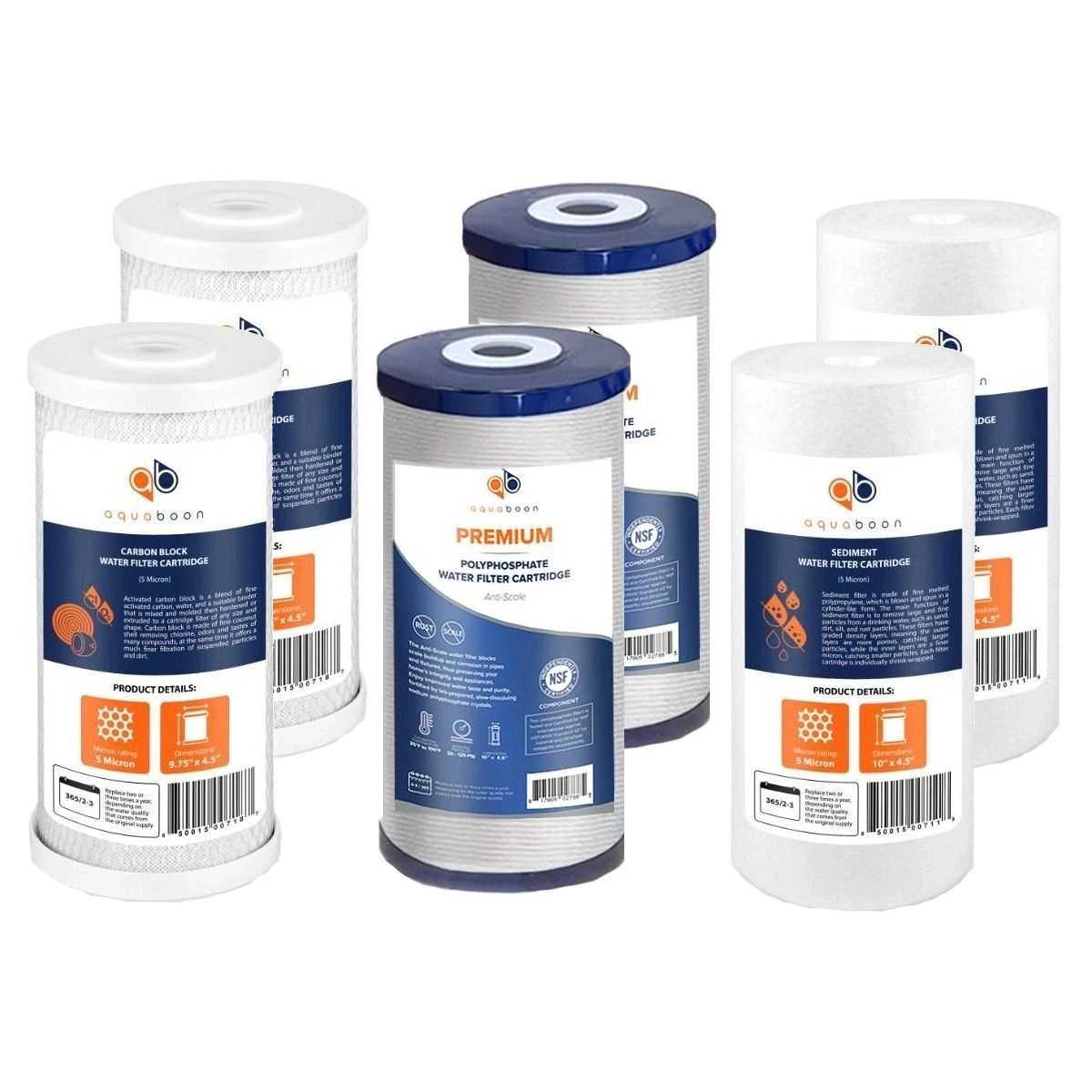Water filters are essential for providing clean, safe drinking water, but they can occasionally develop mold if not properly maintained. Mold can affect the taste, odor, and safety of your water, making it crucial to understand why it forms, how to remove it, and how to prevent it in the future. This guide will walk you through each step to keep your water fresh and mold-free.
Why Mold Forms in Water Filters
Mold thrives in warm, damp, and dark environments, which makes certain water filters more susceptible to mold growth. Here are the most common reasons:
- Moisture and Stagnation: Mold needs moisture to grow. If your filter sits unused for long periods or isn’t regularly flushed, it can become a breeding ground for mold.
- Organic Contaminants: Filters that capture organic particles, like carbon filters, can provide a food source for mold if not changed regularly.
- Lack of Air Circulation: Closed filter systems without proper ventilation can trap moisture, creating ideal mold conditions.
Signs Your Water Filter Has Mold
It’s important to recognize the signs of mold early to prevent contamination:
- Musty or Earthy Smell: A noticeable change in the odor of your water can indicate mold.
- Black, Green, or White Spots: Visible mold may form on the filter itself or inside the filter housing.
- Unpleasant Taste: Water that tastes musty or earthy can be a sign that mold is present.
How to Safely Remove Mold from Your Water Filter
If you suspect mold, follow these steps to clean your filter:
- Turn Off the Water Supply – Shut off the main water supply to your filter system.
- Remove the Filter – Carefully remove the filter, wearing gloves to avoid contact with mold.
- Disinfect the Filter Housing – Use a solution of white vinegar, hydrogen peroxide, or a mild bleach solution (1 tablespoon of bleach per gallon of water) to thoroughly clean the housing.
- Rinse Thoroughly – Rinse all components with clean water to remove any cleaning agents.
- Replace the Filter if Necessary – If the mold is severe or deeply embedded, it’s best to replace the filter.
You may be interested in: The Role of Water in the Human Body
How to Prevent Mold in Your Water Filter
Preventing mold growth is the best way to keep your water filter effective:
- Regular Maintenance – Clean the filter housing and connections every 3-6 months.
- Timely Filter Replacement – Replace filters according to the manufacturer’s guidelines.
- Proper Storage – Store unused filters in a dry, well-ventilated area.
- Flush Regularly – Run water through your filter regularly to prevent stagnation.



